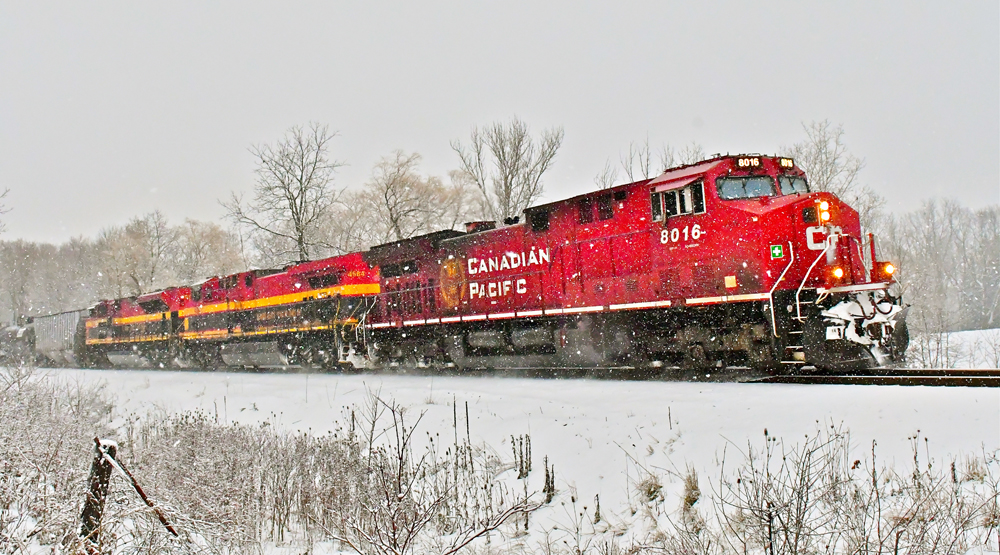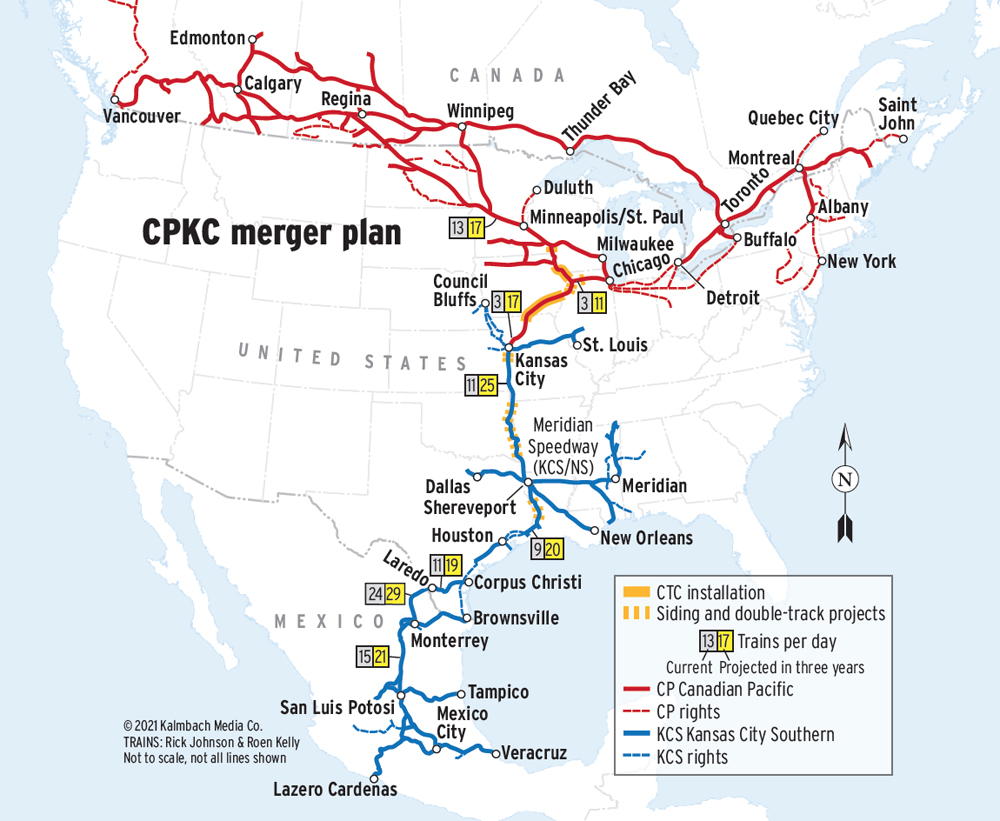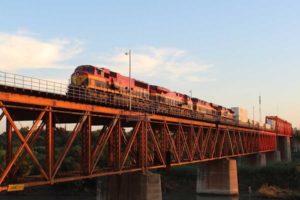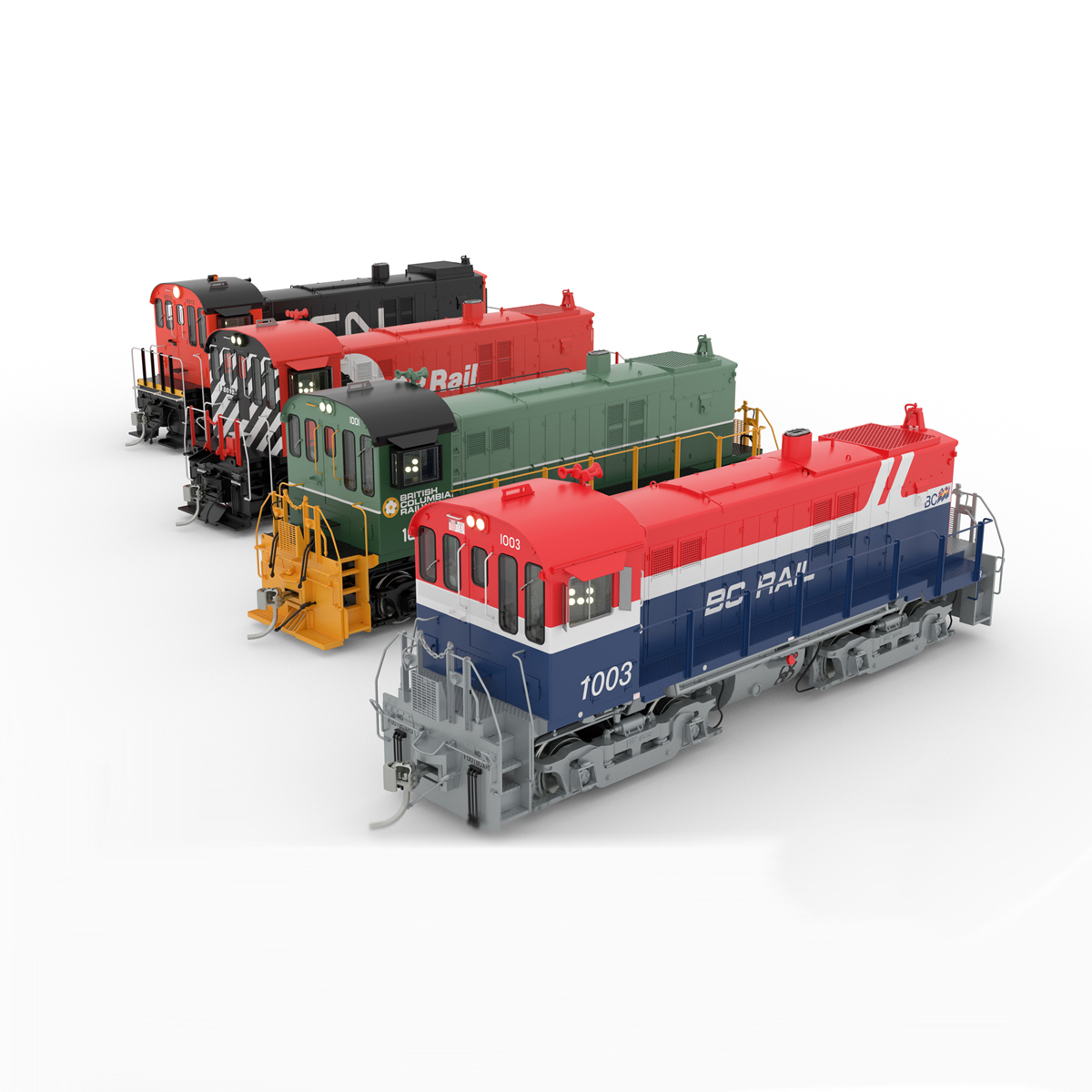
The proposed merger of Canadian Pacific and Kansas City Southern – the first combination of Class I systems in two decades, and likely the last – should win favor in Washington. After all, their comprehensive merger application checks all of the Surface Transportation Board’s boxes.
More rail competition? Canadian Pacific Kansas City has that in spades, since much of the forecast growth will come at the expense of other railroads. More trucks off the highway? You bet! Environmental benefits, like reduced greenhouse gas emissions? Yup, by the ton! Support from shippers? Nearly universal! More jobs for labor? Yes, since you need more people to move and maintain more trains. And, finally, a focus on growth, backed by capital spending? CPKC is putting its money where its mouth is, judging from the dozens of capacity projects dotting its system map.

While regulators may smile on the merger, you can be sure there are frowns in Omaha and Fort Worth, where Union Pacific and BNSF Railway brass are contemplating what traffic could be lost to CPKC’s new single-line service linking Texas and Mexico with the Midwest and Canada. CSX Transportation, Canadian National, and Norfolk Southern might have a thing or two to say about more robust competition from CPKC, too.
Also on the radar for UP and BNSF: Concerns about unfavorable terms at KCS interchanges, particularly at the Laredo gateway that’s the busiest rail border crossing in North America. CP and KCS say they’ll keep all gateways open on reasonable terms, and that they welcome interchange traffic because it means more volume polishing CPKC rails.

It will be interesting to watch how the big Class I railroads respond to the merger filing and what, if any, relief they will seek from the STB. One thing’s for sure, though: UP and CPKC will have to cooperate since their cross-border operations depend on it. The KCS international corridor across the Lone Star State is reliant on UP trackage rights from Beaumont through the congested Houston terminal to Rosenberg and again from Victoria to home rails at Robstown. UP, meanwhile, moves the lion’s share of traffic through the Laredo gateway, where KCS controls the International Railway Bridge. With the fate of each railroad’s service intertwined, it makes no sense to create mischief for the other guy’s trains.
The stunning thing in the CPKC merger application was the jaw-dropping traffic increases projected on CP’s routes leading from St. Paul and Chicago to Kansas City, and from there southward on the KCS main line. Residents of trackside communities – from Dubuque and Davenport to Beaumont and Laredo – won’t welcome a doubling or even tripling of the number of trains that rumble through town each day.
How to limit the impact on towns that hug the right-of-way will be crucial, particularly when STB Chairman Marty Oberman hails from Chicago and knows firsthand how rail traffic can affect communities. The last merger that brought such big swings in traffic was CN’s 2009 acquisition of Elgin, Joliet & Eastern, where the tab for mitigation projects in the Chicago suburbs topped $116 million. Friction with some lineside communities remains a headache for CN. CP CEO Keith Creel was CN’s operating chief at the time and had a front-row seat to the EJ&E merger. Believe him when he says CPKC will work hard to be a good neighbor.

In previous Class I mergers, major changes in operations and traffic patterns produced severe service problems. CP’s merger application explains why it expects a smooth coupling with KCS. Given the low existing interchange traffic between CP and KCS in Kansas City (three trains per day), growth that will come gradually over a three-year period, and many common information-technology systems already in use at CP and KCS, there’s a whole lot less to go haywire compared to the megamergers of the 1990s. And as Creel notes, CP+KCS resembles its 2009 acquisition of regional Dakota, Minnesota & Eastern and doesn’t look anything like the infamous Union Pacific-Southern Pacific merger or the Conrail split.
Concerns that railroads and communities may raise about the CP-KCS combination are inevitable wrinkles in the merger process. They will be ironed out, regulators ultimately will give their blessing, and CPKC will emerge as a new railroad hungry for more traffic. Will CPKC live up to its billing despite operating longer, slower north-south routes than its rivals? Time will tell, but remember this: Creel’s CP tends to underpromise and overdeliver.
You can reach Bill Stephens at bybillstephens@gmail.com and follow him on LinkedIn and Twitter @bybillstephens














All I know is CPKC better do something about their ROW along the Mississippi River especially around the Quad Cities. If they are going to 11-17 trains a day on a route that has a habit of flooding every 3 or 4 years and putting the tracks under water, they will have some serious operational problems in the future.